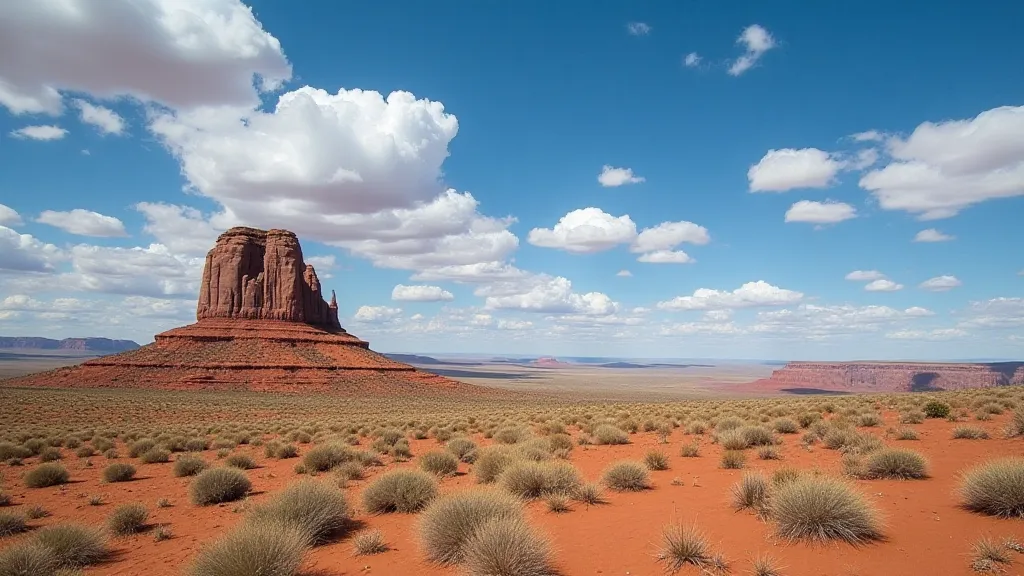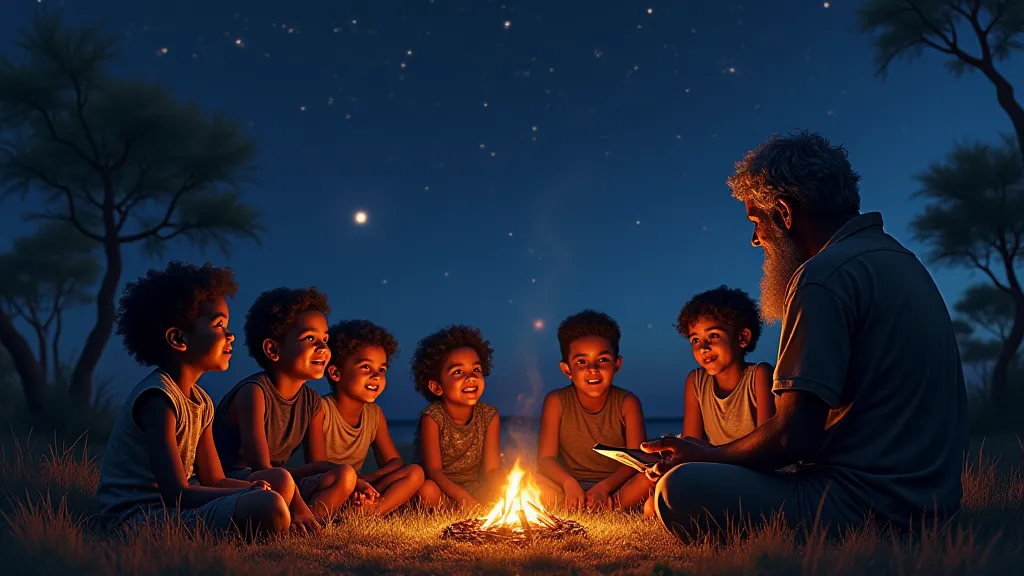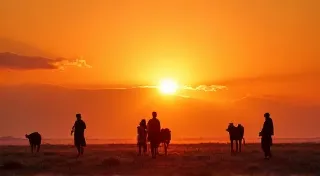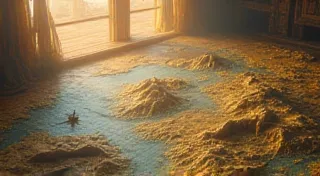The Lore of the Australian Outback: Dreamtime Stories and Aboriginal Culture
Australia's vast outback isn't just a landscape of red earth and ancient rock formations; it's a living repository of some of the world’s oldest and most profound storytelling traditions. For tens of thousands of years, Aboriginal Australians have passed down their knowledge, beliefs, and histories through intricate oral traditions, collectively known as Dreamtime stories, or *Jukurrpa* in some languages. These aren't merely entertaining tales; they are foundational to Aboriginal culture, inextricably linked to the land and vital for preserving cultural heritage. The preservation of such rich traditions echoes storytelling practices across the globe, offering parallels to the power of Native American Storytelling: Traditions of the Navajo Nation, where ancestral narratives shape identity and connection to place.
What are Dreamtime Stories?
Dreamtime stories, also known as Creation stories, don’t represent a singular narrative. Instead, they are a vast and diverse collection of narratives that explain the origin of the land, the creation of animals and plants, and the establishment of human laws and customs. They tell of ancestral beings, often depicted as powerful spirits, who shaped the landscape during a primordial time – the Dreamtime – before humans existed. These beings traveled across the land, creating mountains, rivers, and deserts as they went, and establishing the boundaries between different Aboriginal groups. These foundational narratives served purposes beyond mere explanation of the physical world; they instilled values, dictated social structures, and fostered a profound connection between individuals and their environment. The intricate nature of these stories highlights the importance of dedicated keepers of oral traditions, a role mirrored in cultures worldwide – much like the skilled performers of Storytelling in Kerala, India: Kathakali and Ancient Myths, where elaborate theatrical performances weave ancient myths into captivating performances.

Connection to the Land
The significance of these stories extends far beyond mere entertainment. They are intimately connected to specific locations – sacred sites – across the land. Each Dreamtime story is associated with a particular landmark, and these sites serve as tangible links to the ancestral beings and the events described in the narratives. Knowing and reciting these stories is crucial for understanding the proper behavior and responsibilities associated with those places. For instance, a specific rock formation might be the site where an ancestral being performed a vital ceremony, or a particular waterhole might be the place where a totemic animal first appeared. The deep intertwining of narrative and landscape demonstrates a worldview where the land *is* the story, and the story *is* the land – a perspective that resonates across cultures who value the connection between stories and place. The impact of disruption to these landscapes, often driven by external forces, can deeply affect cultural memory and identity, creating ripples of intergenerational trauma, similar to the themes explored in Shadows of the Loom: Weaving Intergenerational Trauma into Regional Narratives.
Oral Tradition and Cultural Preservation
The passing down of Dreamtime stories relies entirely on oral tradition. There was no written language until relatively recently, making the role of storytellers – elders, knowledge holders, and ceremonial leaders – absolutely vital. These individuals are responsible for memorizing and accurately transmitting these complex narratives, often accompanied by songs, dances, and ceremonies. The accuracy of the retelling is paramount, as even slight deviations can alter the meaning and significance of the story. The process isn’t simply rote memorization; it’s a living, breathing transmission of cultural knowledge, demanding years of dedicated learning and practice. The nuances of intonation, gesture, and performance carry as much weight as the words themselves. Maintaining this tradition in the face of cultural disruption requires immense resilience and a commitment to honoring the wisdom of the ancestors.
Totems and Responsibilities
Central to Aboriginal culture is the concept of totems. Totems are often animals or plants that are associated with a particular clan or individual. Dreamtime stories often explain the origin and significance of these totems, and they dictate a relationship of responsibility and respect between the people and the natural world. For example, a clan might be connected to a kangaroo totem, meaning they have a responsibility to protect kangaroos and to live in harmony with their environment. This isn't merely about avoiding harm; it's about actively participating in the health and well-being of the totem species and the ecosystem it inhabits. It's a reciprocal relationship, where the people receive sustenance and guidance from the totem, and in turn, provide protection and stewardship. The concept of responsibility extends beyond the immediate clan; it encompasses the entire community and the broader landscape.

The Music and Movement of Storytelling
Dreamtime stories are rarely told in silence. They are often accompanied by music, dance, and ceremonial practices that enhance the storytelling experience and deepen its meaning. Songs, in particular, play a vital role in transmitting knowledge and preserving the memory of ancestral events. Many songs are closely tied to specific locations or totems, and they are performed during ceremonies to invoke the spirits of the ancestors and to reaffirm the connection between the people and the land. Dances often mimic the movements of animals or the actions of ancestral beings, bringing the stories to life in a dynamic and engaging way. The combination of narrative, music, and movement creates a powerful and immersive experience that transcends the limitations of words alone. The ability to find rhythm and meaning within fractured narratives, echoing the resilience of Aboriginal storytelling, resonates with the themes explored in The Riverstone's Song: Finding Rhythm and Resistance in Fractured Regional Voices, showcasing how art can become a powerful form of cultural expression and preservation.
The Impact of Colonization and Cultural Resilience
The arrival of European settlers in Australia had a devastating impact on Aboriginal culture and traditions. Colonization brought with it policies of assimilation and cultural suppression, which resulted in the disruption of traditional lifestyles, the loss of ancestral lands, and the erosion of cultural knowledge. Many Dreamtime stories were deliberately suppressed or forbidden, and children were often punished for speaking their native languages. Despite these challenges, Aboriginal communities have demonstrated remarkable resilience and determination in preserving their cultural heritage. Today, there is a growing movement to revitalize Aboriginal languages and traditions, and to share Dreamtime stories with a wider audience. The process of healing and reconciliation is ongoing, but there is a growing recognition of the importance of Aboriginal culture in shaping Australia's national identity. The enduring strength of the storytellers and their communities highlights a profound human capacity to find meaning and connection even in the face of adversity.
Contemporary Relevance and the Future of Storytelling
Despite the challenges posed by colonization and cultural assimilation, Aboriginal storytelling traditions continue to thrive. Efforts are being made to revitalize and preserve these stories, both within Aboriginal communities and through education and outreach programs. Recognizing the importance of these narratives is crucial for understanding Australia’s rich cultural heritage and for fostering reconciliation between Indigenous and non-Indigenous Australians. Modern technology is also playing a role in preserving and sharing Dreamtime stories. Audio and video recordings are being created to document the stories of elders, and digital platforms are being used to share these stories with a wider audience. However, it is important to ensure that these technologies are used in a respectful and culturally appropriate manner, and that the stories are not exploited or commercialized without the consent of the storytellers. The safeguarding of this ancient knowledge is paramount for future generations.
The power of Dreamtime stories lies not just in their entertainment value, but in their ability to connect people to their history, their land, and each other. They offer a unique perspective on the world, one that emphasizes the interconnectedness of all things and the importance of respecting the wisdom of the ancestors. These stories are not simply relics of the past; they are living expressions of Aboriginal culture, and they continue to shape the lives of Aboriginal people today. Sharing these stories with the world is a way of honoring the wisdom of the ancestors and of building a more just and equitable future for all Australians. The lessons embedded within these narratives – the importance of connection, respect, and responsibility – are universal and timeless, offering valuable insights for people of all cultures and backgrounds. They remind us of the deep and enduring relationship between humans and the natural world, and of the importance of preserving this relationship for generations to come. The narratives showcase a sophisticated understanding of ecology and sustainable living, providing valuable lessons for contemporary society as we grapple with the challenges of climate change and environmental degradation.






